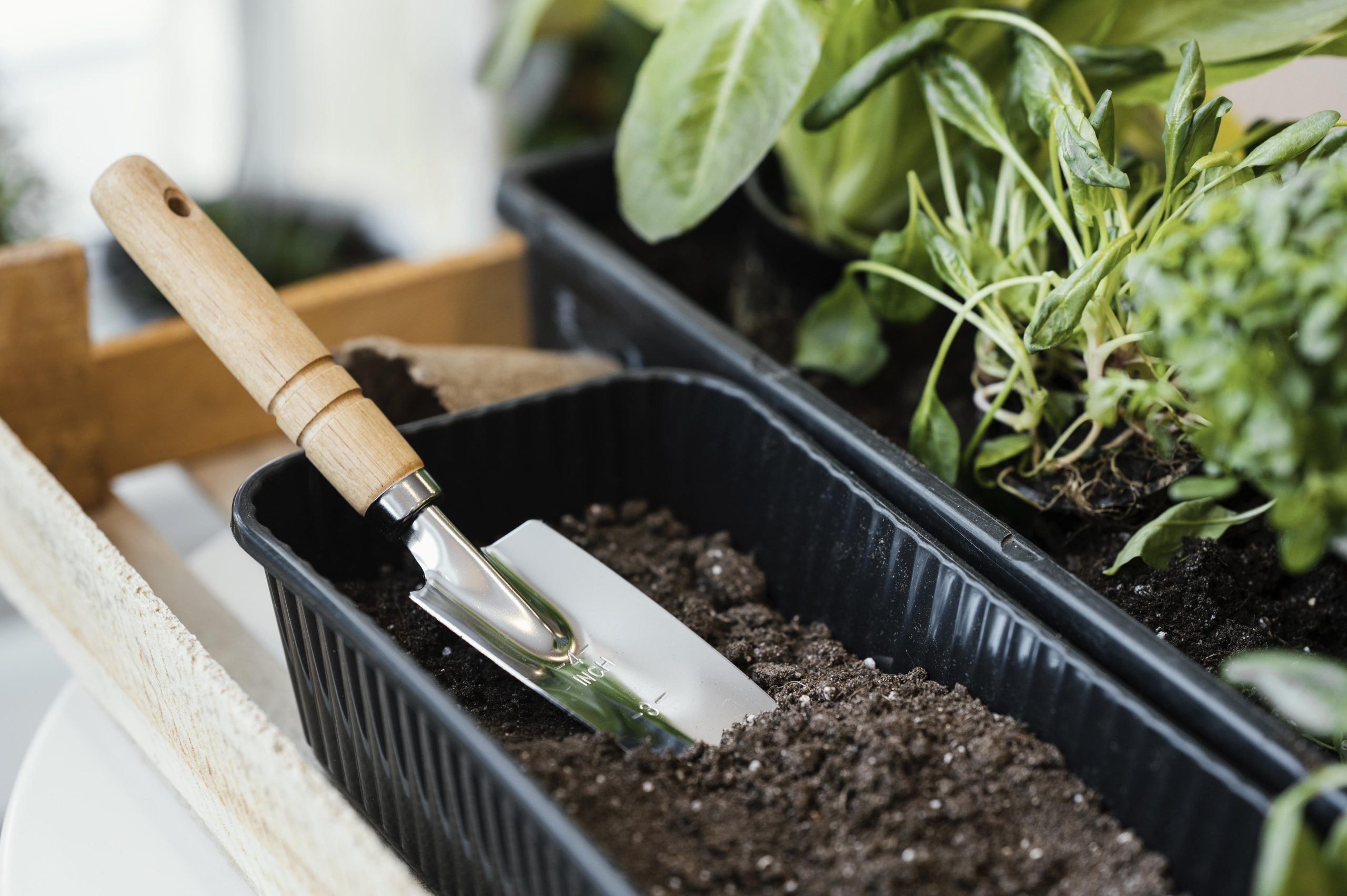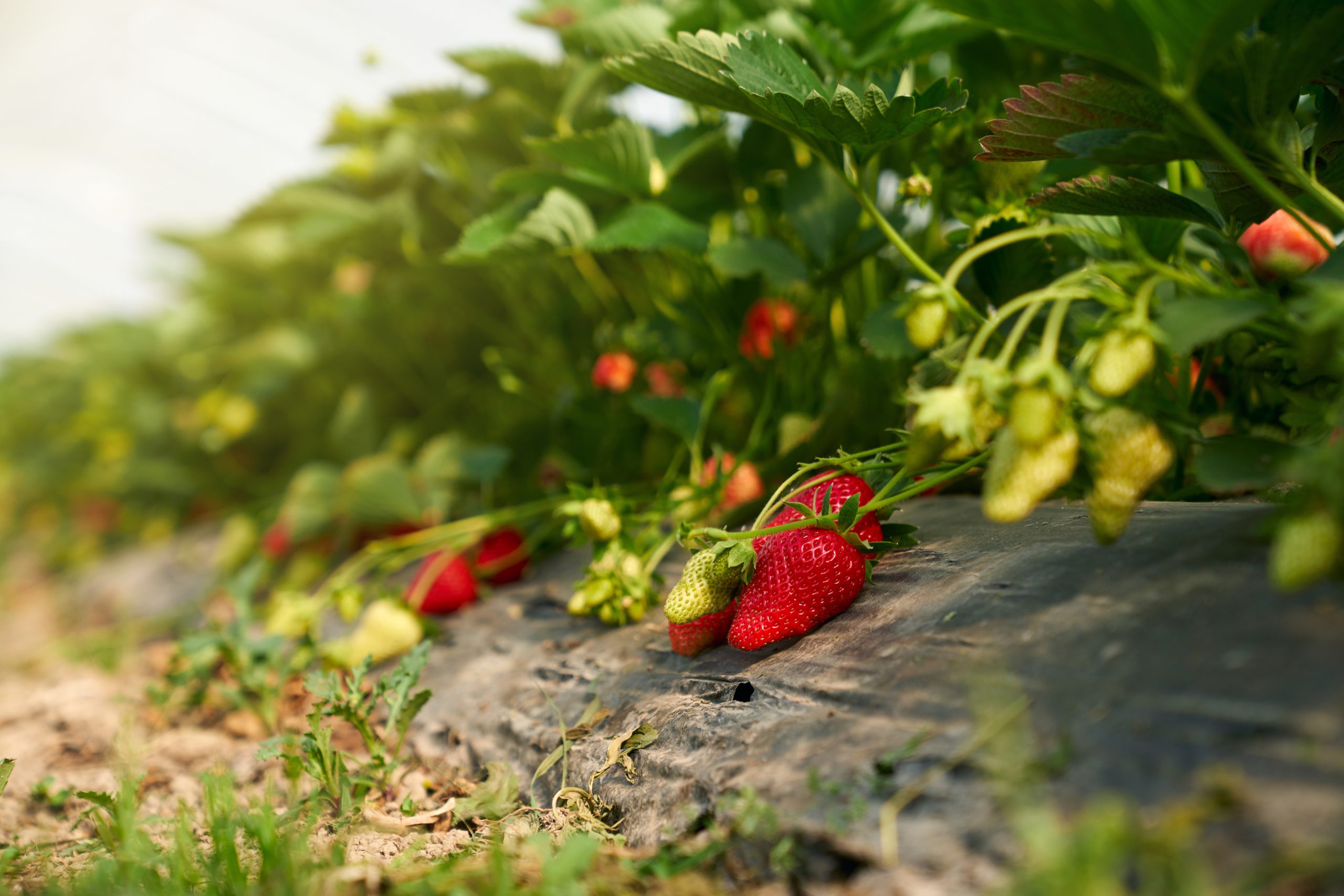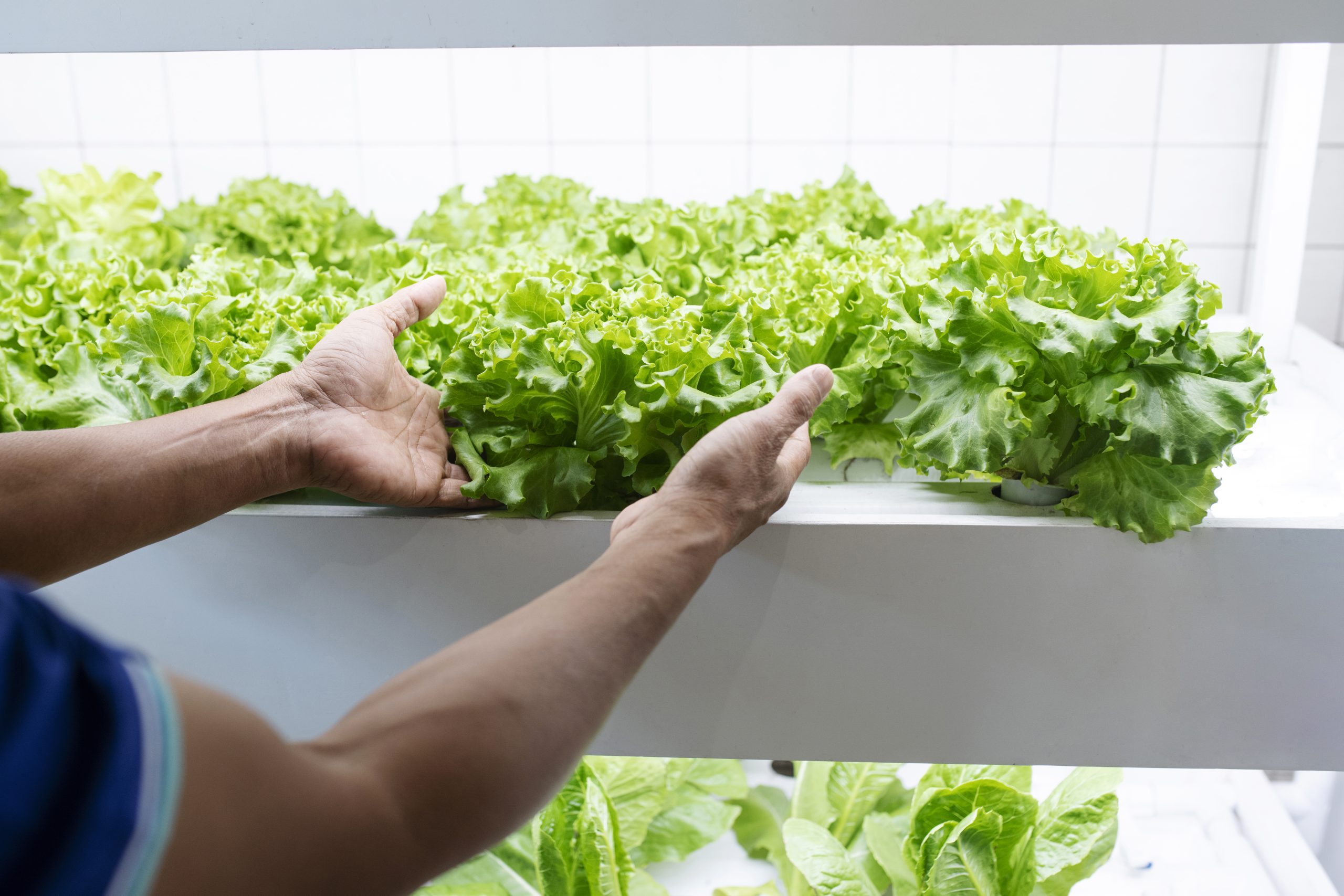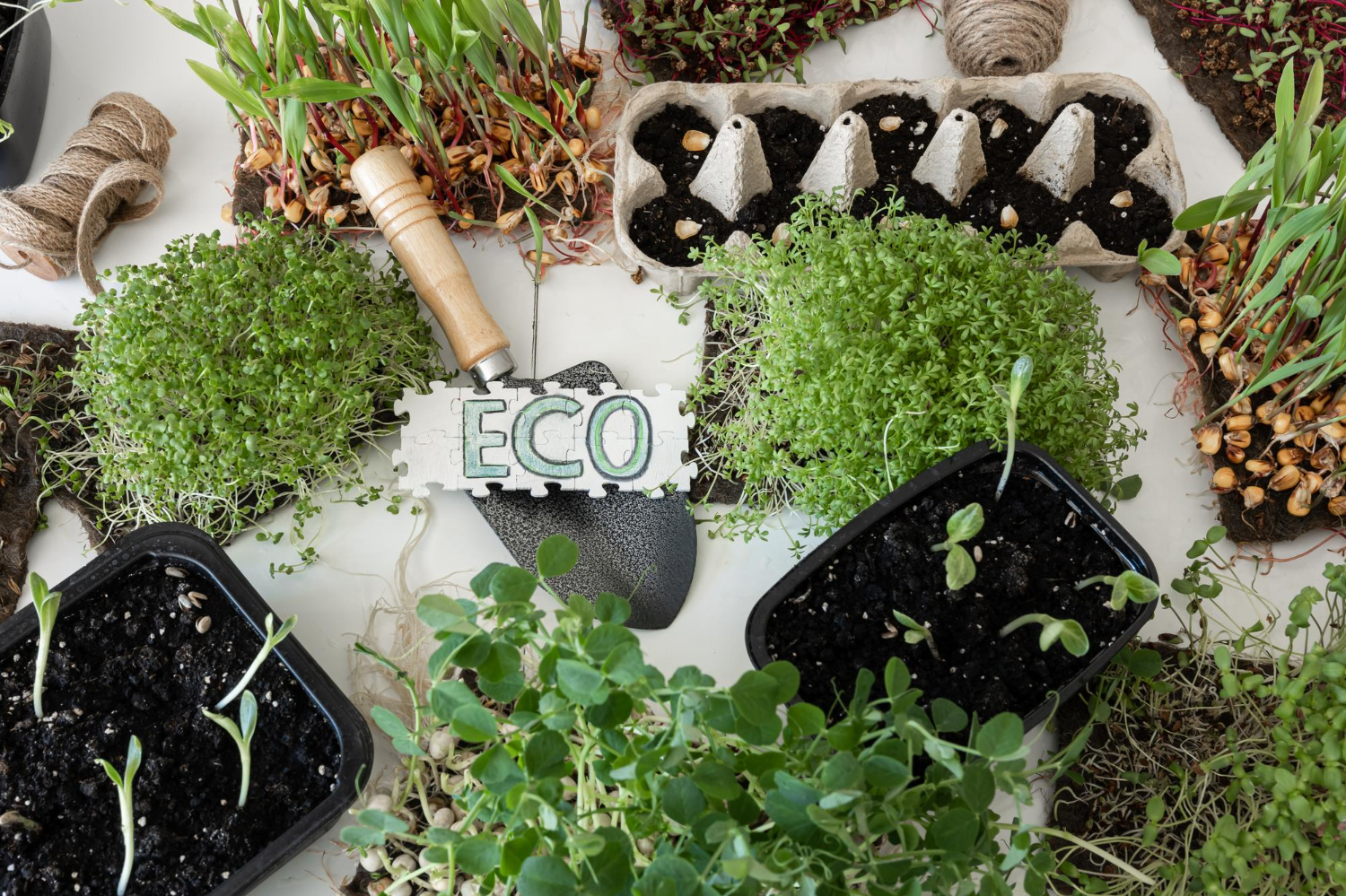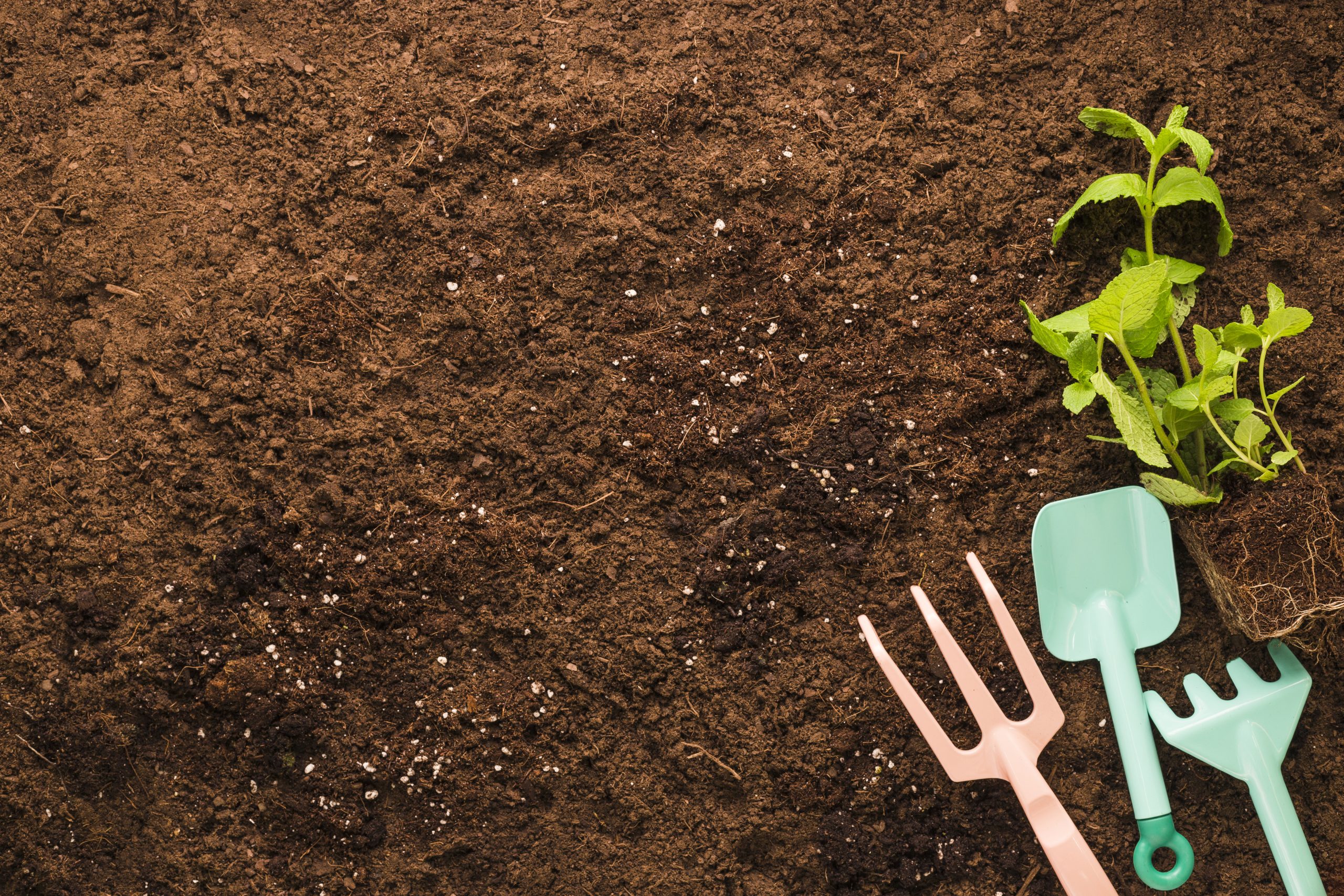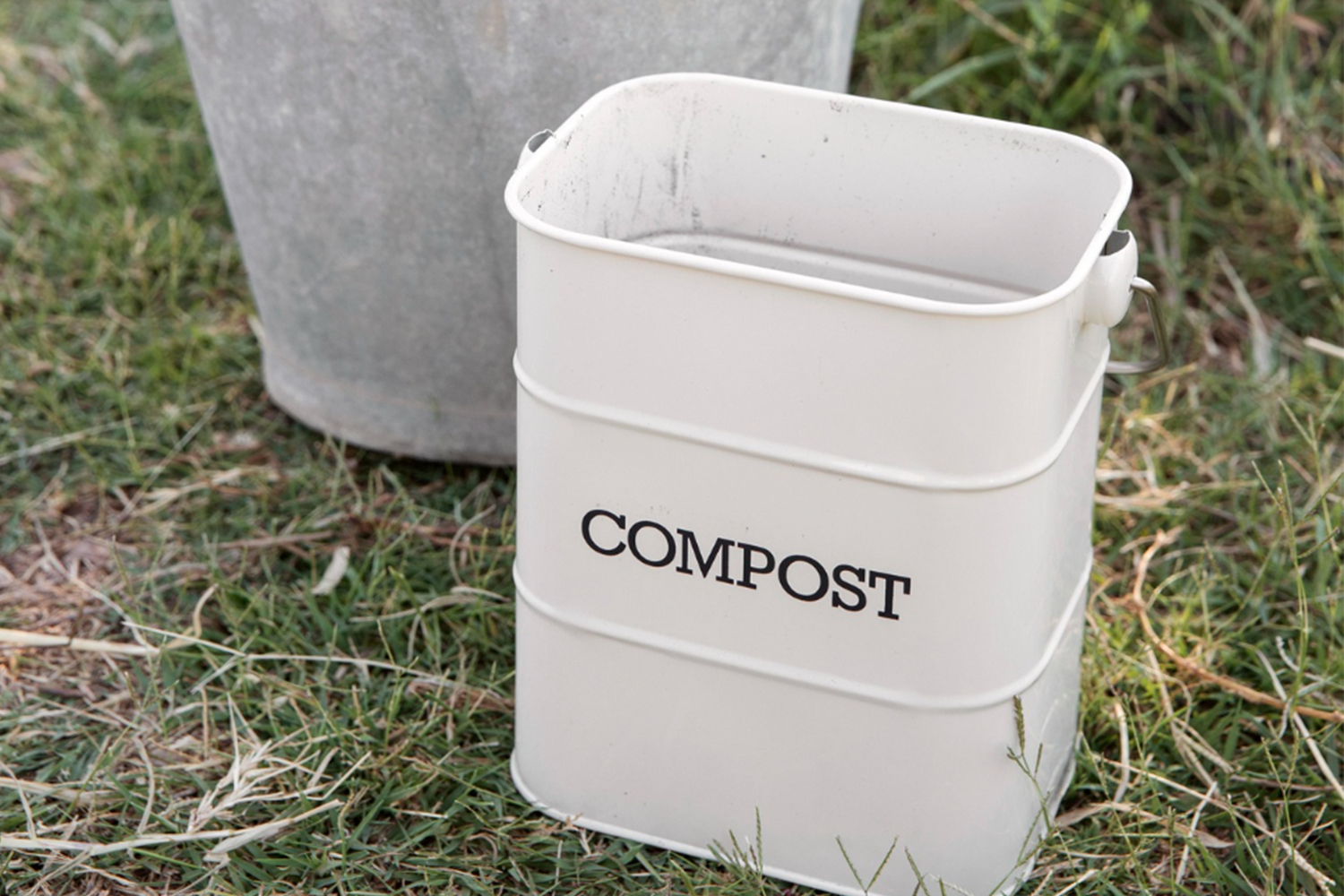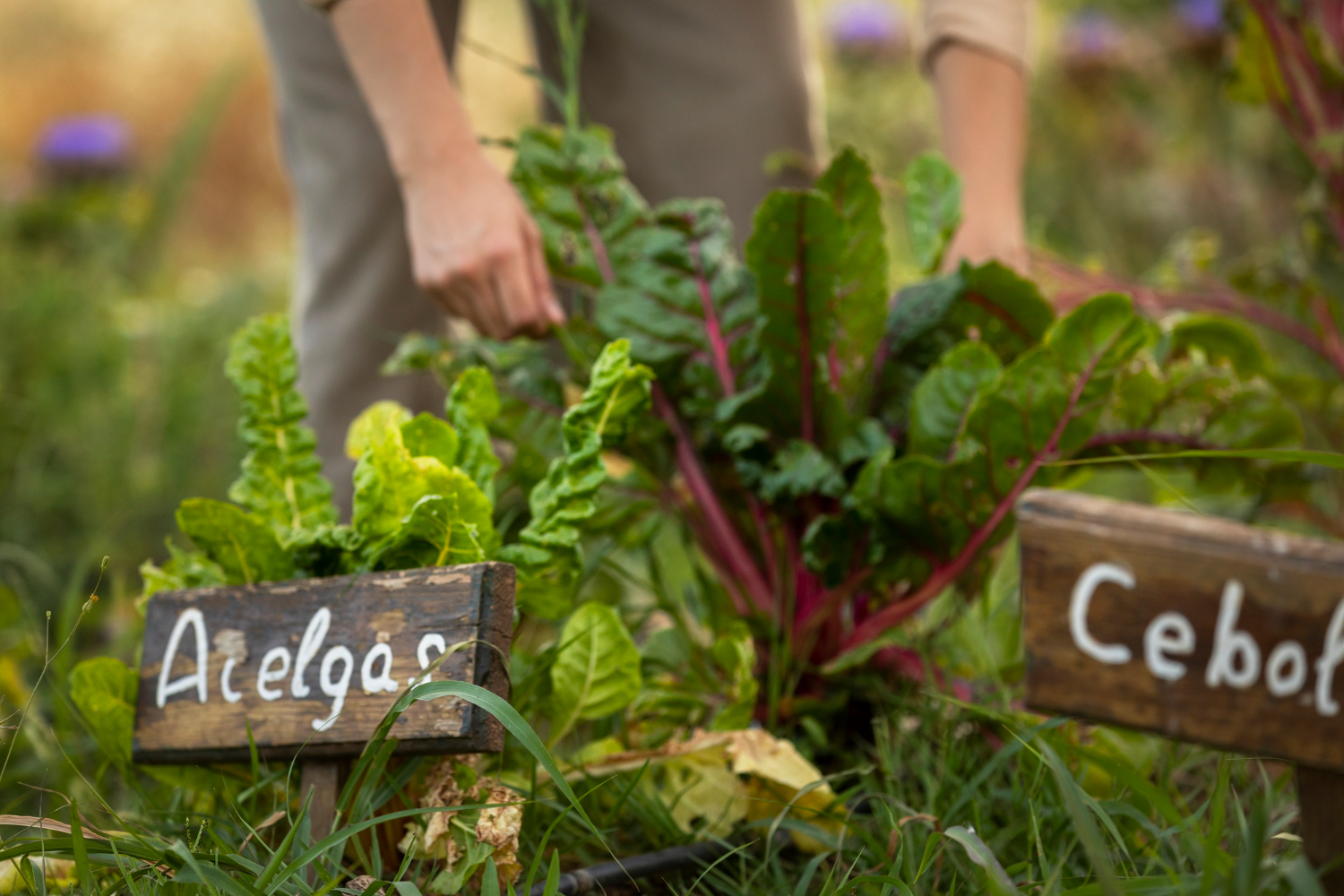What is a permaculture orchard?
Aug. 11, 2023
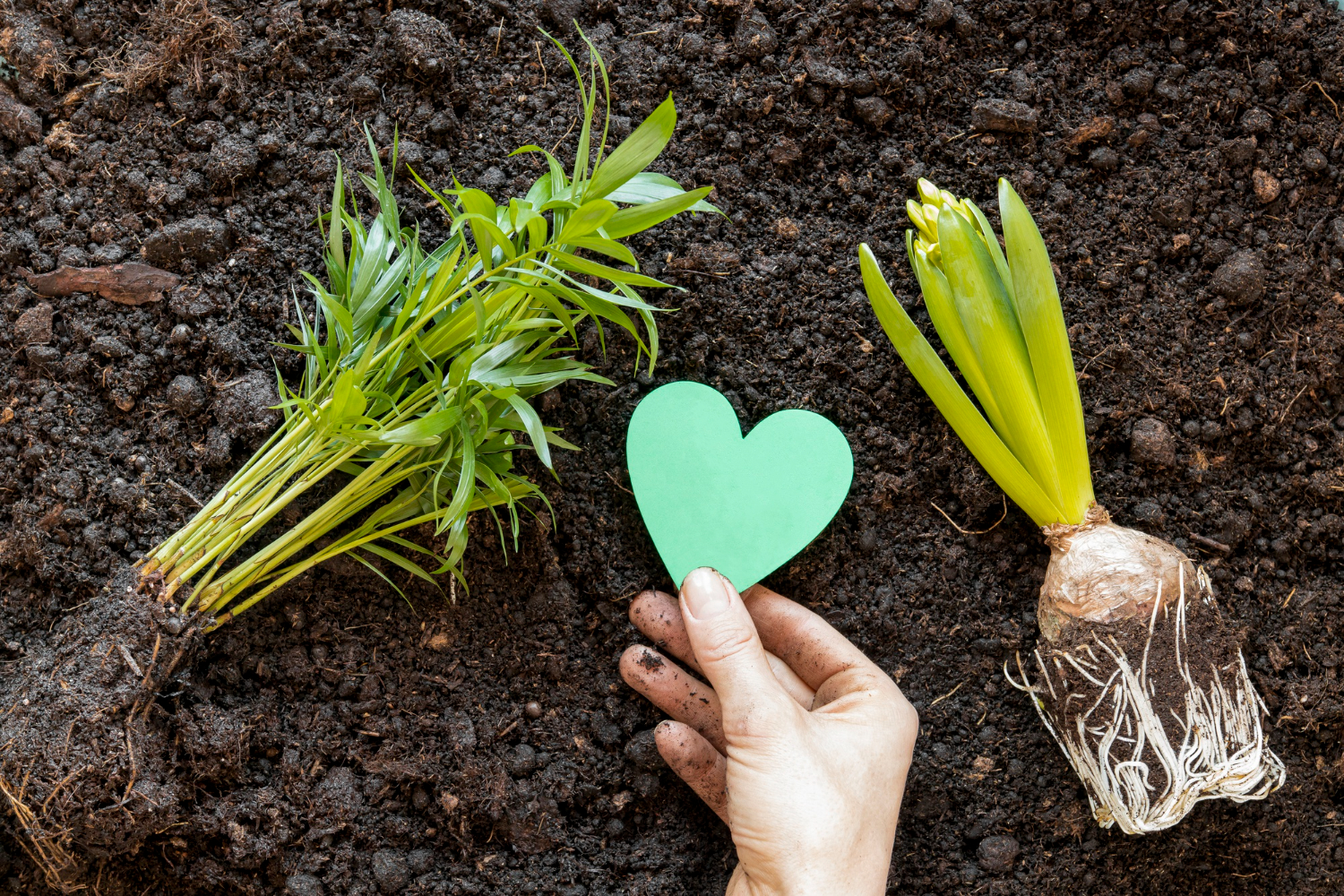
As you well know, permaculture is a very extensive current that deals with the design of a natural ecosystem where man optimises all the natural resources at his disposal to obtain resources to live in harmony and in a permanent way.
Publish your garden for free today
Who were the forerunners of permaculture?
The Japanese Masanobu Fukuoka (1913-2008) and the Australians: Bill Mollison and David Holmgrenen 1978 introduced the concept of "permaculture" as a systematic method, you can watch some very interesting videos about their ideas on YouTube to get to know them (they are really inspiring).
The essence of permaculture for us and applied to the community garden could be summed up in one sentence:
Create an urban orchard by helping and respecting the whole ecosystem that can be part of it: from the soil, a living organism to the last pollinating insect.
It is nothing new, it is optimising, it is producing, being respectful and following the rhythm of nature and its cycles. In some ways it is something that has always existed, and now, with such a busy, screen-based world, we feel more and more the need to reconnect with nature, as our motto at Huerto 360 says.
We have read about how to apply these permaculture concepts to the vegetable garden and far from what we have sometimes seen, it is not about creating a "garden for lazy people" or where you don't have to work the land, it is about following some criteria to favour the proliferation of microorganisms "bothering" we can say, as little as possible the land that is going to be the mother of our plants.
What principles should be followed in a permaculture orchard?
- Do not use chemical fertilisers or compost.
- The soil is not tilled so as not to damage the ecosystem of earthworms and natural micro-organisms that will later help our vegetables.
- No weeding (weeds do not usually grow through mulching), no use of chemical pesticides.
- In these gardens you will see, apart from vegetables others plants that favour the ecosystem.
- Reproduction of natural mechanisms that contribute to the increase of organic matter and the stability of the ecosystem: protective layers of vegetation, diversity (rotation and association of species), development of transition zones (ecotones) or recycling of organic matter.
- Energy self-sufficiency thanks to efficient energy planning, studying in advance the cycles of sun and shade or wind.
- Achieve a high diversity of plants adapted to each specific ecosystem through the presence of staggered production or natural rotations.
The concept is much broader, as it encompasses a global way of life, but let's say that these are the principles that we can follow in our small urban garden under the principles of permaculture.
Actually, these principles are usually respected in most urban gardens whose culture of permanent care for nature is also part of their root philosophy.
Latest posts
